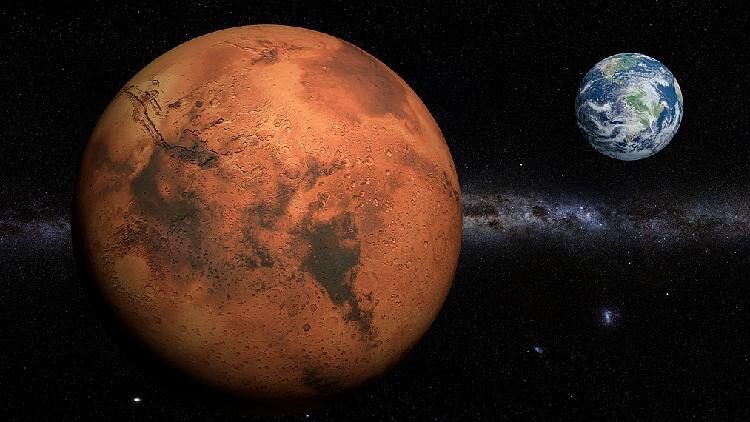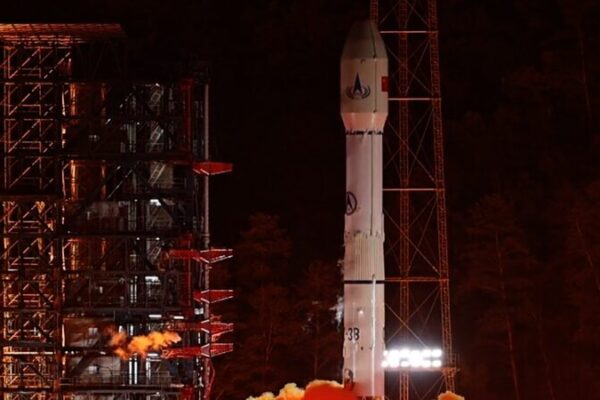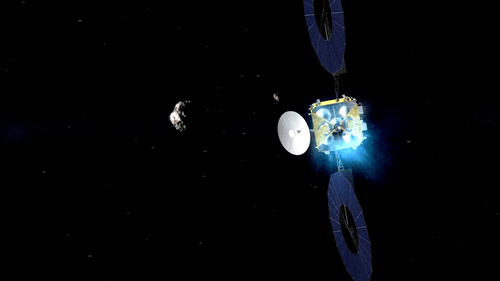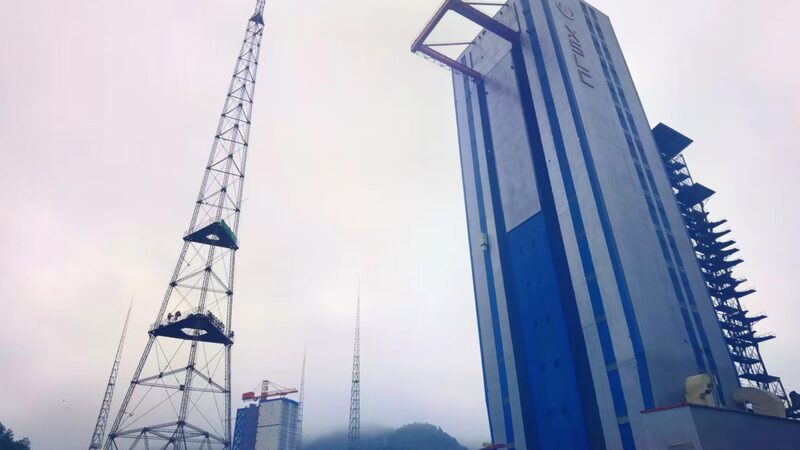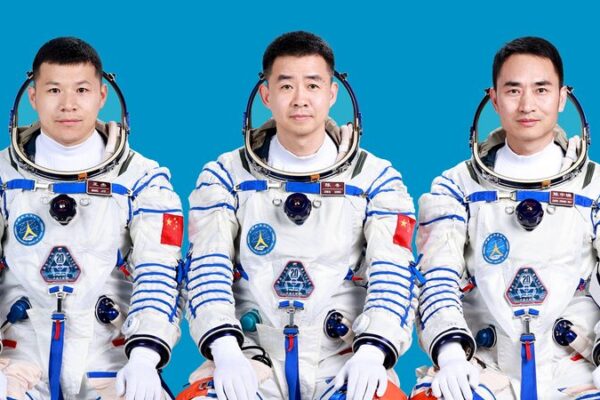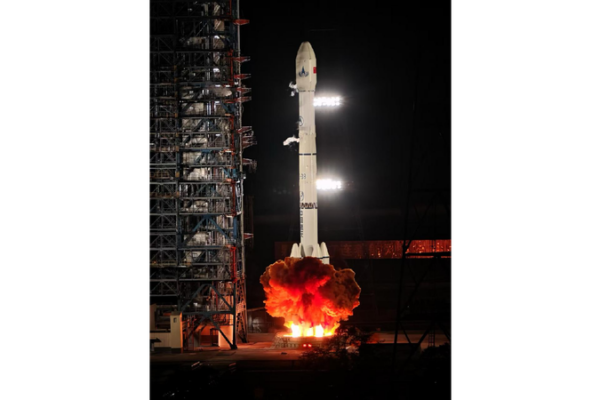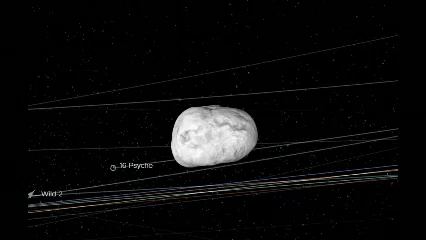China is gearing up for an intensive schedule of space missions in 2025, including the ambitious Tianwen-2 asteroid exploration, according to an official from the China National Space Administration (CNSA).
Liu Yunfeng, deputy director of the CNSA’s system engineering department, announced on Thursday that the Tianwen-2 mission will involve an asteroid flyby and sample collection. Additionally, the Shenzhou-20 and Shenzhou-21 crewed spacecraft are slated for launch, marking a significant year for China’s space endeavors.
International cooperation is also on the horizon. Liu confirmed two major joint projects: the Solar Wind Magnetosphere Ionosphere Link Explorer (SMILE), a China-Europe mission aiming to study how solar wind interacts with Earth’s magnetosphere, and an electromagnetic monitoring satellite developed with Italy to support earthquake prediction research.
China plans to deepen space collaboration with countries involved in the Belt and Road Initiative (BRI), BRICS nations, and European partners. Focus areas include advancing joint efforts in lunar and deep space exploration, particularly promoting the construction of an international lunar research station.
Within the BRICS framework, China will continue developing the BRICS Remote Sensing Satellite Constellation to enhance data sharing for disaster emergencies, benefiting countries across the global south.
Furthermore, China will provide satellite services to BRI partner countries, supporting the development of their space capabilities and fostering sustainable progress in areas like agriculture, disaster prevention, and smart city initiatives.
Liu also outlined plans for the 10th Space Day of China, scheduled for April 24 in Shanghai. The event will feature an opening ceremony, space science exhibitions, cultural forums, and academic conferences, celebrating the nation’s achievements and future ambitions in space exploration.
With a packed schedule of missions and international projects, China is positioning itself as a major player in the future of global space exploration.
Reference(s):
cgtn.com
